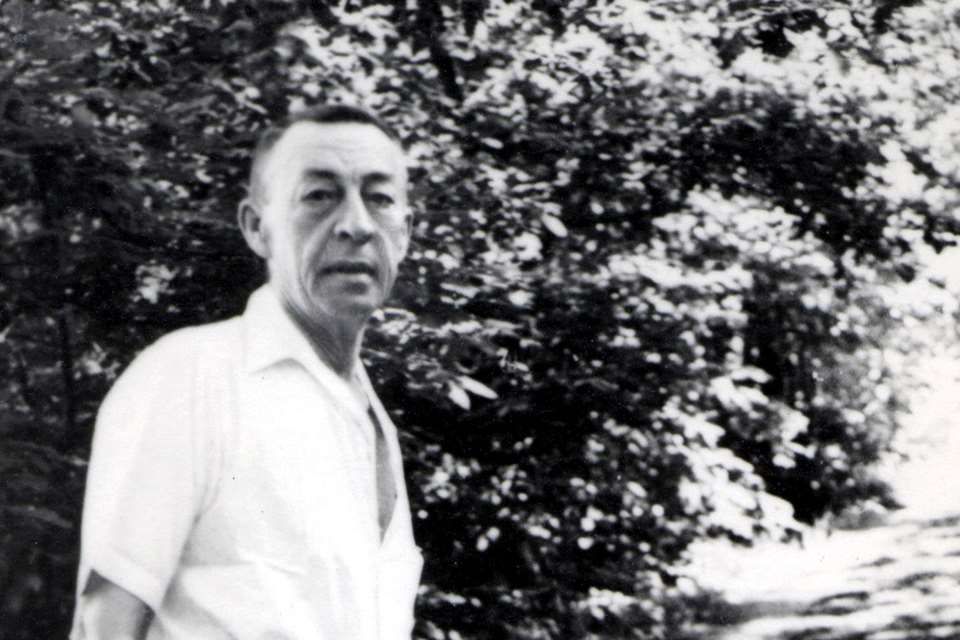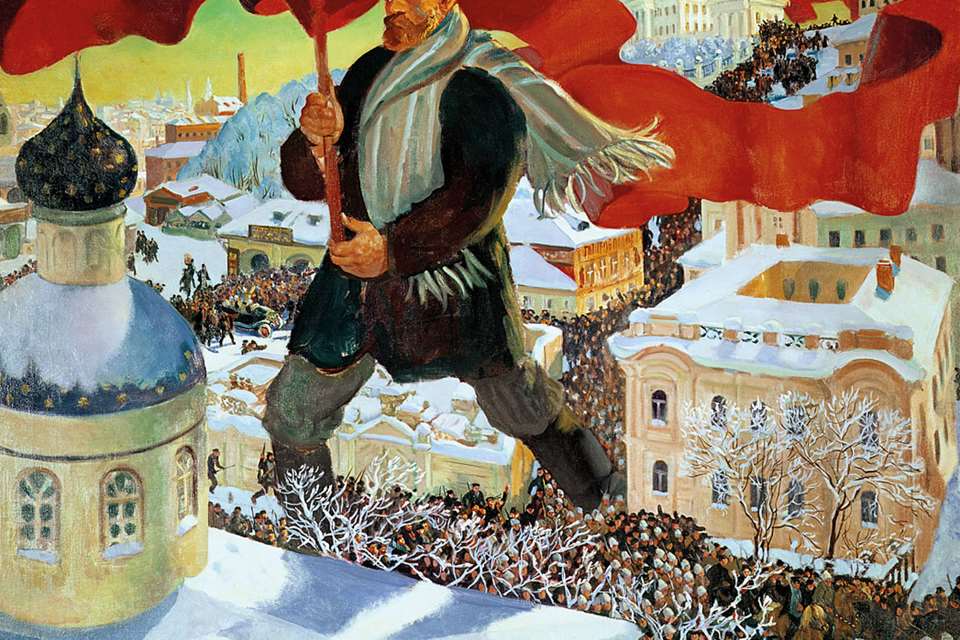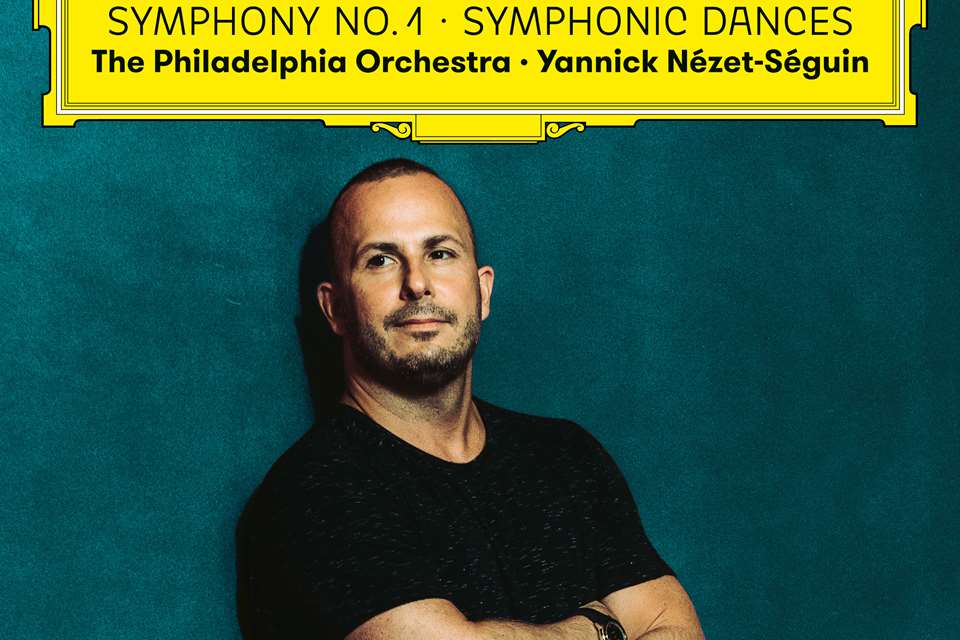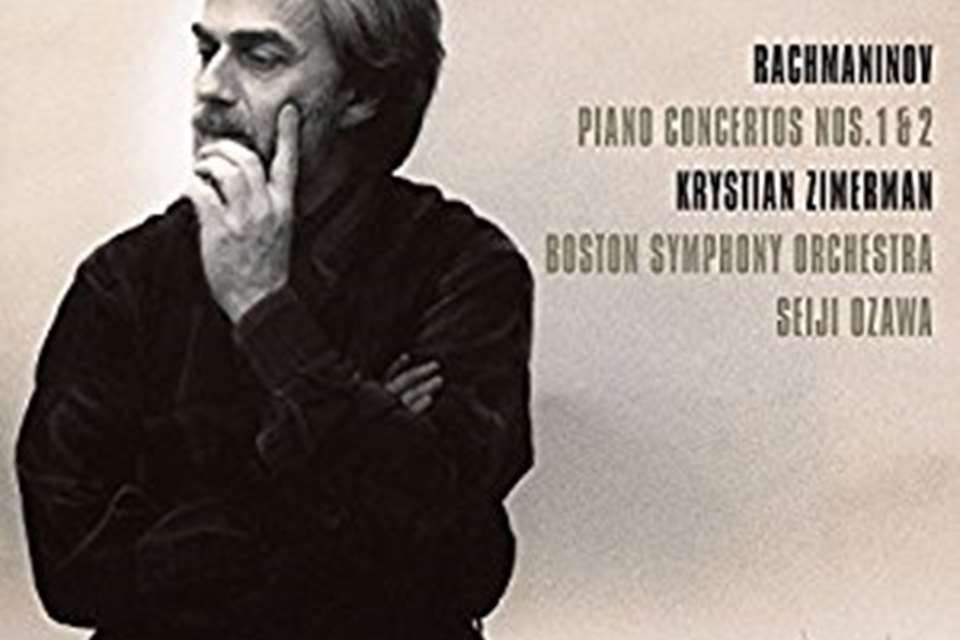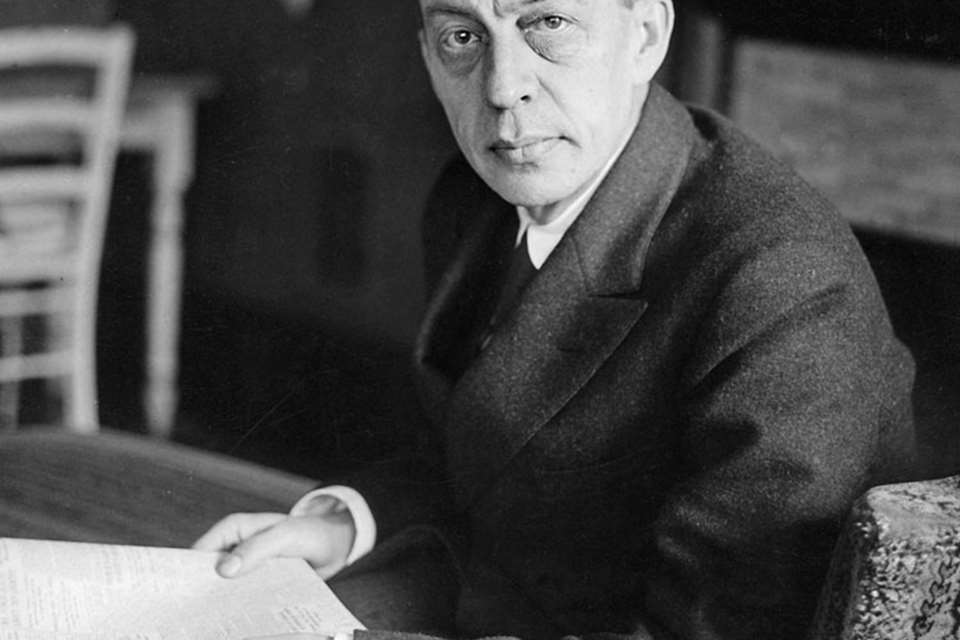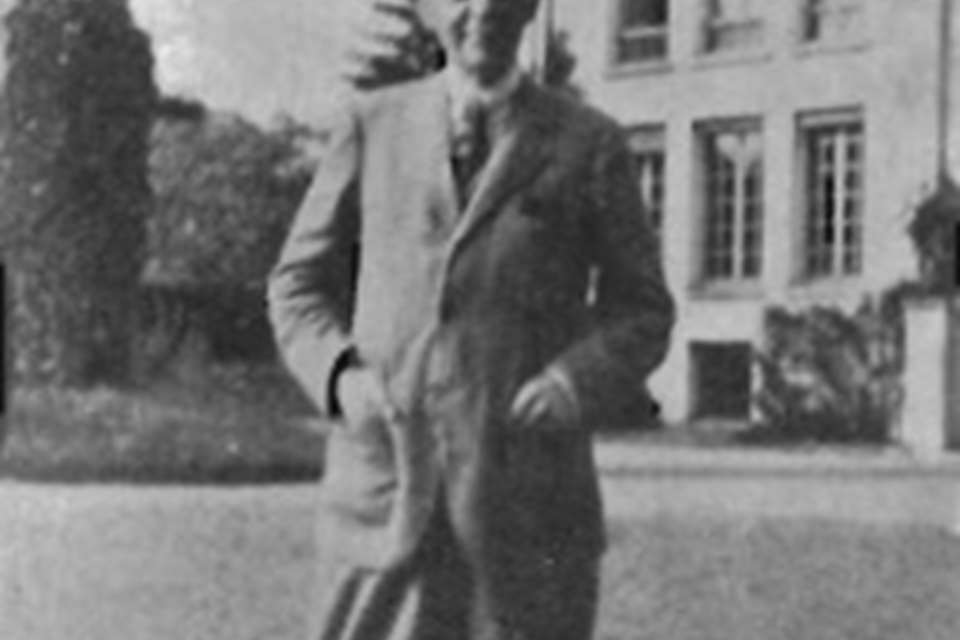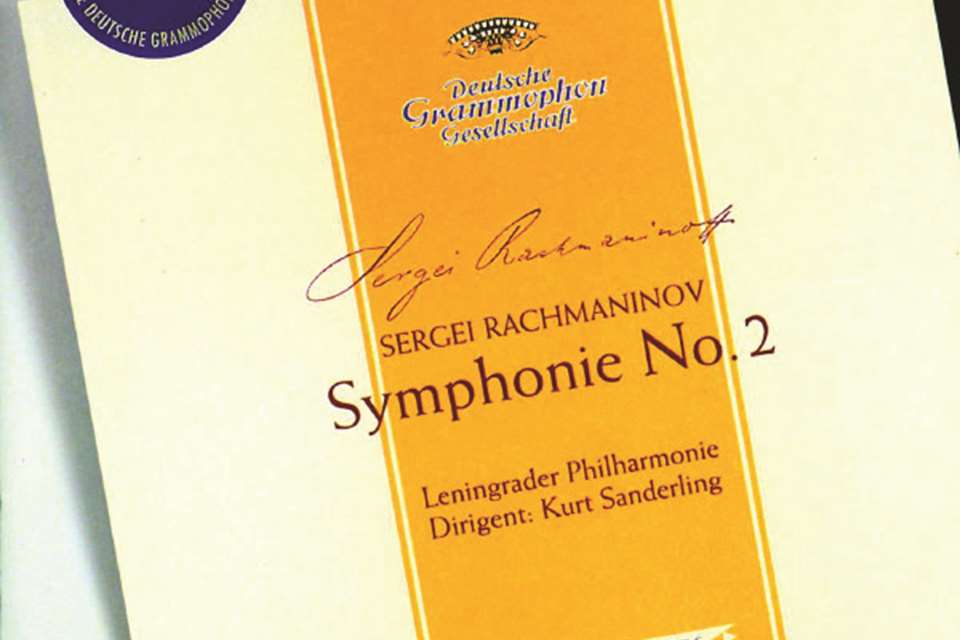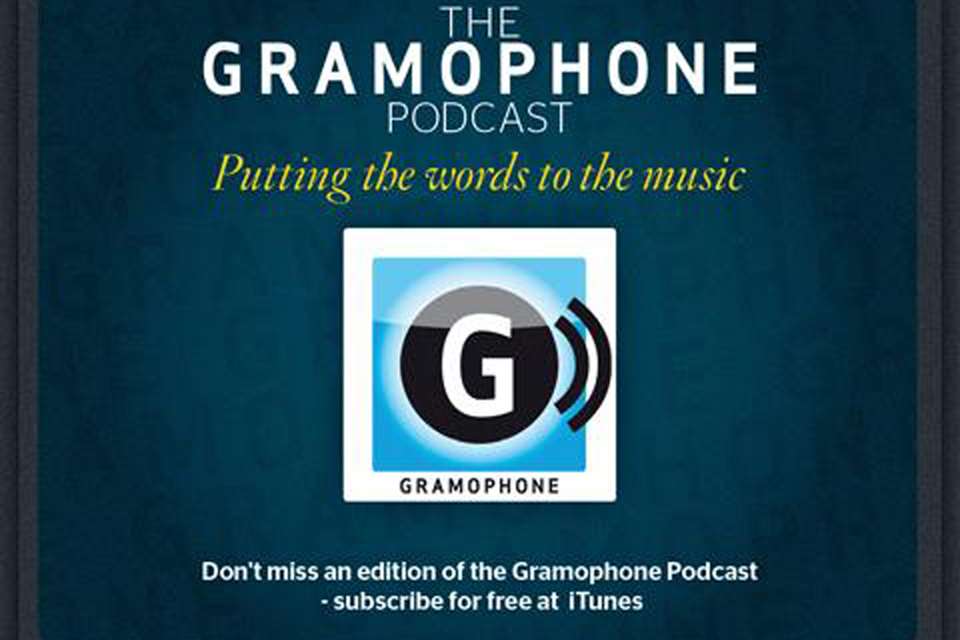Was Rachmaninov the most complete musician of the past 150 years?
Jeremy Nicholas
Thursday, February 2, 2023
Sergey Rachmaninov was a remarkable artist who excelled as composer, conductor and pianist
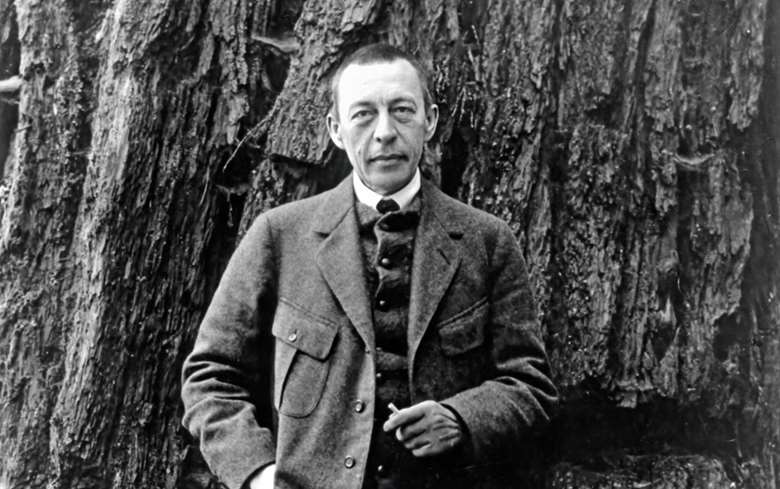
Register now to continue reading
Thanks for exploring the Gramophone website. Sign up for a free account today to enjoy the following benefits:
- Free access to 3 subscriber-only articles per month
- Unlimited access to our news, podcasts and awards pages
- Free weekly email newsletter





